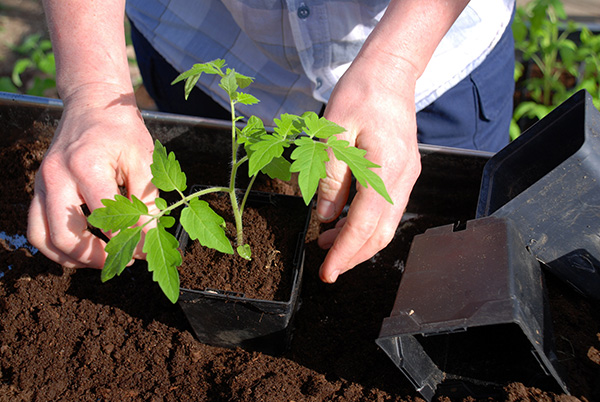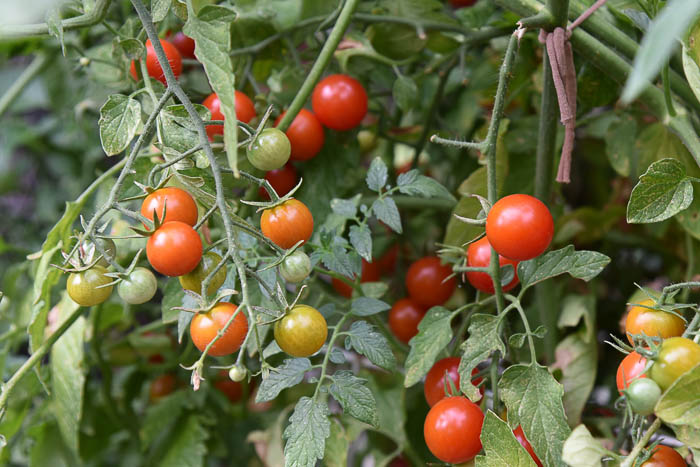Gardening Tips: What Plants Don't Like Epsom Salt and Why
Gardening Tips: What Plants Don't Like Epsom Salt and Why
Blog Article
Discover the Details Plants That Are Adversely Influenced by Epsom Salt Application
Epsom salt, a popular household treatment for various horticulture concerns, is usually applauded for its helpful results on plant development. Comprehending the details plants that can be detrimentally affected by Epsom salt is vital for any type of gardener looking to optimize their plant treatment routine.
Roses

Roses, specifically sensitive to modifications in their atmosphere, can be negatively influenced by the application of Epsom salt. While Epsom salt is frequently utilized as a plant food to advertise plant development and improve blooming, roses are just one of the plants that do not react well to its application. The high magnesium web content in Epsom salt can disrupt the uptake of other vital nutrients by the rose plants, bring about shortages that materialize as yellowing fallen leaves or stunted growth.

Tomatoes
While Epsom salt is typically proclaimed as a remedy for various plant concerns, consisting of bloom end rot in tomatoes, its application can lead to damaging outcomes if not made use of carefully. Extreme Epsom salt, which is magnesium sulfate, can disrupt the fragile nutrient equilibrium needed by tomatoes, possibly leading to shortages in other necessary nutrients like calcium. When considering the usage of Epsom salt on tomatoes, it is vital to adhere to suggested application prices and dirt screening to prevent unintended repercussions on the total wellness and efficiency of these cherished garden plants.
Peppers
Peppers, admired for their different colors and degrees of spiciness, can show sensitivity to adverse effects from Epsom salt when not used with care and factor to consider for their specific dietary requirements. what plants don't like epsom salt. Peppers, belonging to the Solanaceae household, call for a delicate equilibrium of nutrients to grow. While Epsom salt is understood to improve magnesium levels in plants, too much application can interrupt this balance, bring about adverse impacts on pepper plants
When peppers are revealed to high degrees of magnesium from Epsom salt, it can interfere with the plant's ability to absorb various other crucial nutrients like calcium and potassium. This imbalance might show go right here up in symptoms such as leaf discoloration, stunted growth, and minimized fruit production. Furthermore, the excessive magnesium can alter the dirt pH, more aggravating nutrient uptake concerns for peppers.

Rhododendrons
Provided the level of sensitivity of particular plant species to discrepancies triggered by Epsom salt, it is important to think about the influence on Rhododendrons, which additionally need certain nutrient degrees to prosper. Rhododendrons are acid-loving plants that like acidic soil conditions with a pH variety between 4.5 and 6.0. Epsom salt, chemically referred to as magnesium sulfate, can alter the dirt pH and interfere with the delicate equilibrium of nutrients important for Rhododendron health.

To maintain the optimum development and health and wellness of Rhododendrons, it is crucial to stay clear of the unplanned usage of Epsom salt and rather concentrate on providing the certain acidic soil problems and nutrients that these plants require for flourishing.
Azaleas
These popular blooming plants are often discovered in parks, yards, and landscapes due to their beauty and flexibility. While Epsom salt is commonly made use of as a treatment for magnesium deficiency in plants, its application to azaleas can have negative effects.
Azaleas like slightly acidic soil problems, and an excess of magnesium from Epsom salt can disrupt this equilibrium, leading to nutrient imbalances and potential toxicity concerns. The incorrect application of Epsom salt can result in stunted growth, yellowing of fallen leaves, and general decline in the health of azaleas.
Verdict
To conclude, it is essential to be mindful of the certain plants that can be negatively affected by the application of Epsom salt. Roses, tomatoes, azaleas, rhododendrons, and peppers are some instances of plants that might not gain from Epsom salt and might even experience injury. It is important to research study and recognize the demands of each plant species prior to making use of Epsom salt as a plant food to ensure their health and wellness and wellness.
Comprehending the certain plants that can be detrimentally impacted by Epsom salt is essential for any gardener looking to optimize their plant care regimen. While Epsom salt is generally utilized as a fertilizer to advertise plant development and improve flowering, roses are one of the plants that do not react well to its application.Extreme use of Epsom salt important source can also result in an accumulation of salts in the soil, leading to root damages and dehydration of the rose plants. While Epsom salt is known to boost magnesium degrees in plants, excessive application can interrupt this equilibrium, leading to adverse effects on pepper plants.
The high salt material in Epsom salt can likewise dry out Rhododendron roots, causing more stress and damages to the plant. (what plants don't like epsom salt)
Report this page